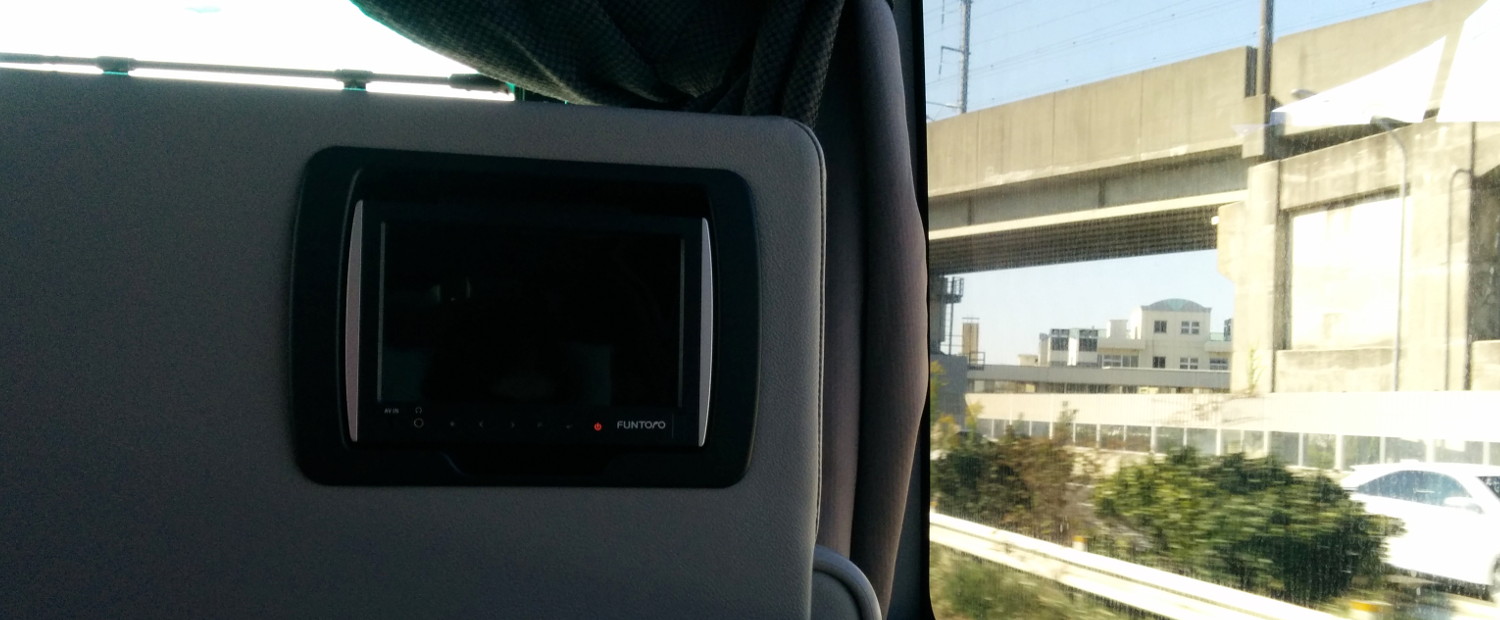Is it worth buying a Japan Rail Pass? (Costs in 2016)
Many countries offer so called rail passes for foreigners as a all you can drive flat-rate. Even it’s a flat-rate those passes can be quite pricy. Japan – being the country of trains – offers the Japan Pail Pass. I’ve already been travelling in Japan with and without this pass by various means of transportation. In this post I compare different possibilities and answer the question whether it’s worth to buy the JR Pass.

The Shinkansen bullet train can drive up to 300km/h. Within a year it has less than a minute delay on average.
The only possible way to answer this question generally is by: It depends. It depends on the chosen route and period of time in Japan.
About two years ago I calculated the price of a route with and without the JR Pass based on my 18 days example trip in Japan. Now I’m curious whether the JR Pass still is worth buying or not. For the mentioned sample trip I would recommend a JR Pass 2nd class which costs 46.390 Yen (403€, Sep. 2016). This sounds quite a lot but I’ve calculated this carefully by using Hyperdia:
| Strecke | Kosten |
|---|---|
| Narita Flughafen → Tokyo Station (Narita Express) | 2.820 Yen |
| Tokyo Station → Kyoto (Shinkansen) | 13.400 Yen |
| Kyoto → Nara (JR Line) | 710 Yen |
| Nara → Osaka (JR Line) | 800 Yen |
| Osaka → Hiroshima (Shinkansen), optional: Stop in Himeji | 10.230 Yen |
| Hiroshima ↔ Miyajima (JR Line and ferry Fähre) | 820 Yen |
| Hiroshima → Nagasaki (Shinkansen and Express) over Fukuoka | 12.990 Yen |
| Nagasaki → Shinagawa Station in Tokyo (Shinkansen and Express) | 25.630 Yen |
| = 67.400 Yen |
A 2 week JR-Pass costs 46.390 (403€, Sep. 2016) Yen resulting in a difference of 21.010 Yen (185€, Sep. 2016). So this route is cheaper if travelled with a JR Pass. It’s actually even more cheap because the JR Pass can be used in local trains within many cities like Tokyo and Osaka. So in case there are many routes to travel by JR-train I would highly recommend getting the JR Pass.
Alternatives Overland
Well, so far I only compared travelling on JR, but there are other alternatives, too. For example (night) buses like Willer-Express (website and booking in English). And those are cheaper if you only have one destination (e.g. Kansai-Region: Osaka, Kyoto, Nara), especially when you’re riding at night. A round trip to Kansai can be as cheap as 6.000 Yen (53€, Sep. 2016). But you lose flexibility compared to the JR Pass as reservations on JR trains can be cancelled without charge. Bus tickets must be bought in advance and have a cancellation fee. If you aren’t riding on a night bus it takes much longer than the train because there is speed limit of 80km/h on Japanese highways. In comparison the Shinkansen rides with about 300 km/h. I would recommend to use this option if there is only one ride to a specific region. A one week JR Pass costs 29.110 Yen (253€, Sep. 2016), so it’s 200€ more than a cheap bus ticket.
Alternatives in the Air
Also flying is an option that should considered. Flights with Jetstar or JAL could be quite cheap (5.000 Yen for Tokyo → Osaka). Flying is faster too, but check-in time and so on must be added which might result in a longer journey. I would recommend this option in case of trips from Tokyo to the Kyushu (Nagasaki, Fukuoka). About two years ago I paid about 60€ for a roundtrip from Tokyo to Fukuoka.
Compare different Options
I hope this little comparison is helpful and helps on deciding whether to buy a JR Pass or not. I would suggest always to calculate the costs of the route and compare different options. This can be done by using Hyperdia, but uncheck the boxes Nozomi Shinkansen, Mizuho Shinkansen, Hayabusa Shinkansen, Private Railway and air plane because they aren’t included in the JR Pass. A comparison before the trip can save a lot of money. As a backpacker who likes flexible travelling by train I would recommend getting a JR Pass if you intend to see much of Japan in a short time.
Why have you read this article? Are you planning a trip to Japan?
あわてないでください!






 Backpacking is my favourite "hobby" and here I write tips, tricks and reports about it.
Backpacking is my favourite "hobby" and here I write tips, tricks and reports about it.